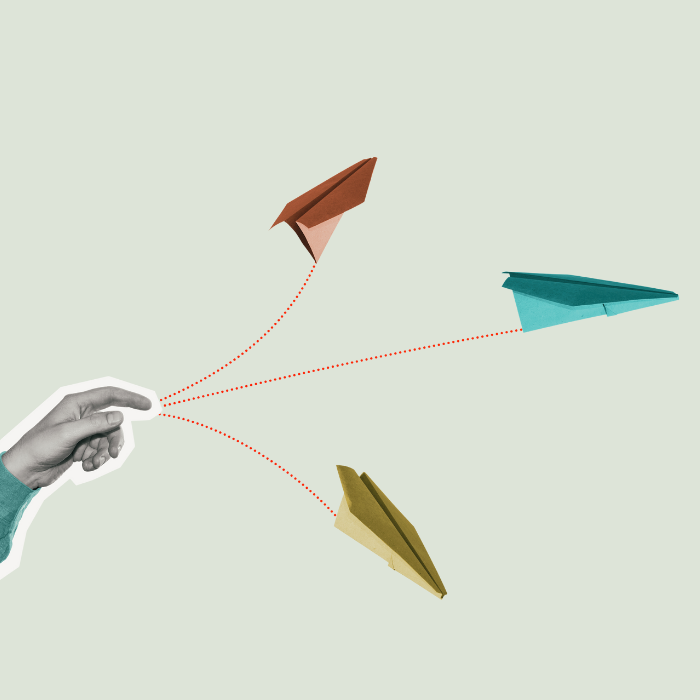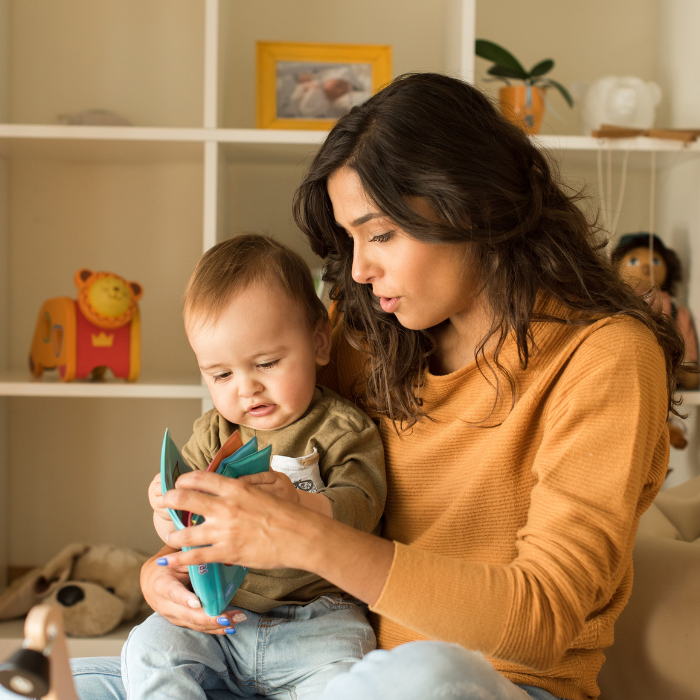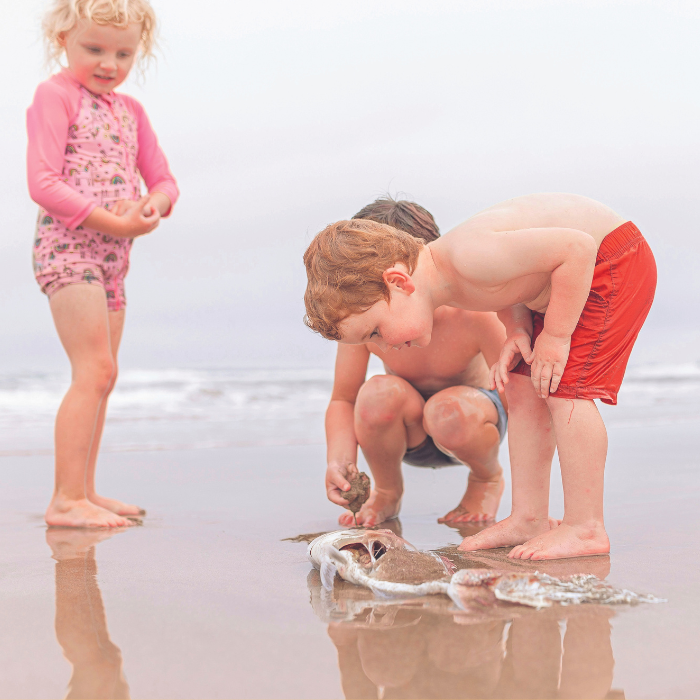
Does your toddler recognise the packets of their favourite snack food even though they can’t read yet? This is actually an important pre-reading skill in action, explains Tiffany Brown.
Take a car ride with a toddler, and chances are they’ll point out various points of interest along the way. They’ll almost certainly exclaim with delight as you pass your local fast food restaurant, recognising the picture on the sign as the home of that delicious kids’ mean and the magical place where they enjoy a good time on the playground before, during and often after they eat.
They may also recognise street signs or other logos while you’re out and about. If they’re like my toddlers were, they might helpfully “read” the traffic lights for you, often from the wrong direction. (Tip: You’re the driver; trust your own instincts about whether your light’s turned green yet or not!)
You might think this recognition has come from their learning or remembering the geography of their environment, but it’s more likely they’ve recognised the colours and shape of the logo or picture themselves. The phenomenon is known as environmental print, and it is an important aspect of emergent literacy.
Put simply, environmental print is the words a child encounters in their world, made up of letters, numbers, colours, and shapes. When observed with repetition, a child begins to recognise and point them out. Think of the “K” in Kelloggs or the “S” in Sanitarium at the breakfast table, letters standing out on signs at the local shops, familiar logos throughout the supermarket, or the logos on their favourite toys.
The idea that children make connections between names and the things they observe is hardly new. They’ve been making these connections at least since they began to talk, understanding the relationship between people and their names, or other labels in their environment such as “bottle” or “book”. Environmental print takes this understanding a step further by conferring meaning to the name, like that sign means “stop”, or this logo means there is Lego inside the box.
Incorporating environmental print into a child’s everyday learning can assist pre-reading skills like matching, sorting, and categorisation. There are plenty of ways you can encourage literacy for children at kindy and early childhood learning level with environmental print. Here are a few ideas to get you started.
Recognition, matching and sorting
• Play a game in the car where children look for letters they can recognise on nearby number plates, for example, “Can we find a B?”
• Ask children to recognise a certain type of street sign you see along your journey, and keep count of how many they see; for example, “Let’s count all the stop signs.”
• Encourage children to cut out pictures of logos they recognise from magazines or newspapers.
• Talk about uppercase and lowercase letters in the logos children recognise.
• Create two identical sets of matching logos and use them to play “memory” or other matching games.
• Take photographs of signs they know and make a flip book for your child to “read”.
• Use logos from ads, napkins, bags, food wrappers, or branded tissue paper together with photographs or other media to create sets of three or four elements children can put together.
• Place examples of environmental print around the house or classroom and encourage children to go around and match a second item, like a scavenger hunt.
• Create a categorising activity involving a number of different types of the same environmental print; for example, street signs, fast food restaurants, or ice cream brands. Ask children to sort them into the correct category.
• Make puzzles out of larger brand names for children to put back together. Children can also make their own with assistance.
Spelling and phonics
• Children can practise spelling and writing the environmental print words.
• Laminate sheets of brand names or logos so children can trace the letters.
• Source black and white versions for children to colour in.
• Sort the sounds of the logos by phonic sound or letter recognition; for example, “Can we find a word with T in it?”
• Do a phonic scavenger hunt; for example, “How many of these contain the sound ‘ch’?”
• Make an environmental print word wall, and have children play “I Spy” with letters; for example, “I spy with my little eye something beginning with L.” Or phonics; for example, “I spy with my little eye something beginning with ‘sh’.”
You can encourage your child’s interest and develop these skills by engaging them in conversation about the observations they make. For example, if your child recognises the Countdown logo, you can tell them “Countdown starts with a C”, or ask, “What colour is the Countdown sign?” This advances their emerging awareness and adds to the child’s knowledge base. Creating play spaces rich in print also reinforces the concept that words carry meaning, and extends environmental print awareness.








